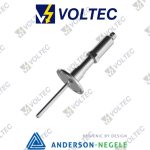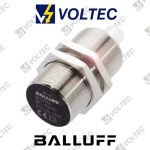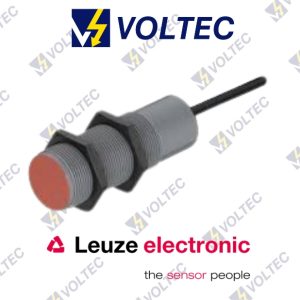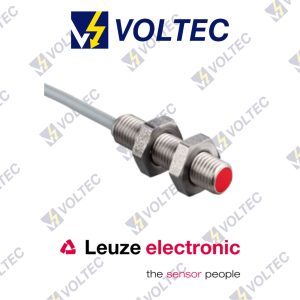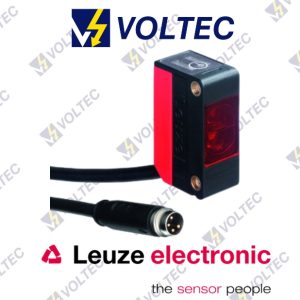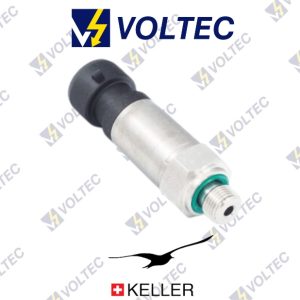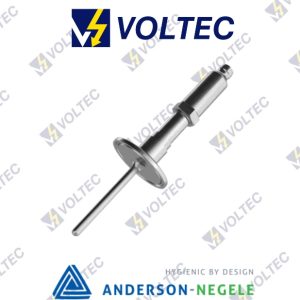AECO VIBRATION LEVEL CONTROLS
Electrical data:
Connection terminals: 0.14 ÷ 2.5 mm2 (AWG 26 ÷ 14)
Cable entry:Cable gland: M20x1.5 with cable sheath diameter 6÷12mm CONDUIT: NPTx½ o NPT3/4
Output activation delay: Rods free → Rods covered: c.a. 1 sec Rods covered → Rods free c.a. 1… 2 sec
Detection fuctions FSH/FSL: Settable on the circuit with selector switch
Vibration frequency: [Hz] 200 c.a.
Over voltage category: II
Pollution degree: 2 (inside housing)
Operative Conditions:
Ambient temperature: [°C] -40 ÷ +60
Process temperature-Tc: [°C] -40 ÷ +150
Ventilation:Ventilation is not required
Min. powder density: [g/l] Setting A : c.a. 150 – Setting B : c.a. 30
Features of bulk material: No strong tendency to cake or deposit. Max grain size 8 mm
Max. mechanical load: [N] 500 laterally on vibrant rods
Max. process pressure: [Bar] 16
Vibration: c.a. 200
Relative humidity: 0 ÷ 100%, suitable for outdoor use
Altitude: [m] max 2.000
Description
AECO VIBRATION LEVEL CONTROLS:
When it is important to determine if solid powder or granular particles are at their minimum or maximum depths, AECO vibration level controls are used. They are used for level control in silos for the storage of animal feed, flour, sawdust, sand, cement, and other bulk materials with a density greater than 30 g/litre and a maximum particle size of 8 mm. And in foundries and cement manufacturing facilities. Controllers based on this technology are safe to use around food.
They work by actuating a vibrating fork with two rods that are actuated by an electric source.
When the vibrating fork makes contact with the material to be controlled, the oscillation is damped, the vibration decrease is electrically sensed, and a switching signal is created.These gadgets are extremely durable and come in an aluminum housing with AISI 316 stainless steel connectors. They withstand large mechanical stresses because to the restricted extent of the vibrating fork, are easy to operate, and require little maintenance.
CLICK HERE FOR MORE INFORMATION
